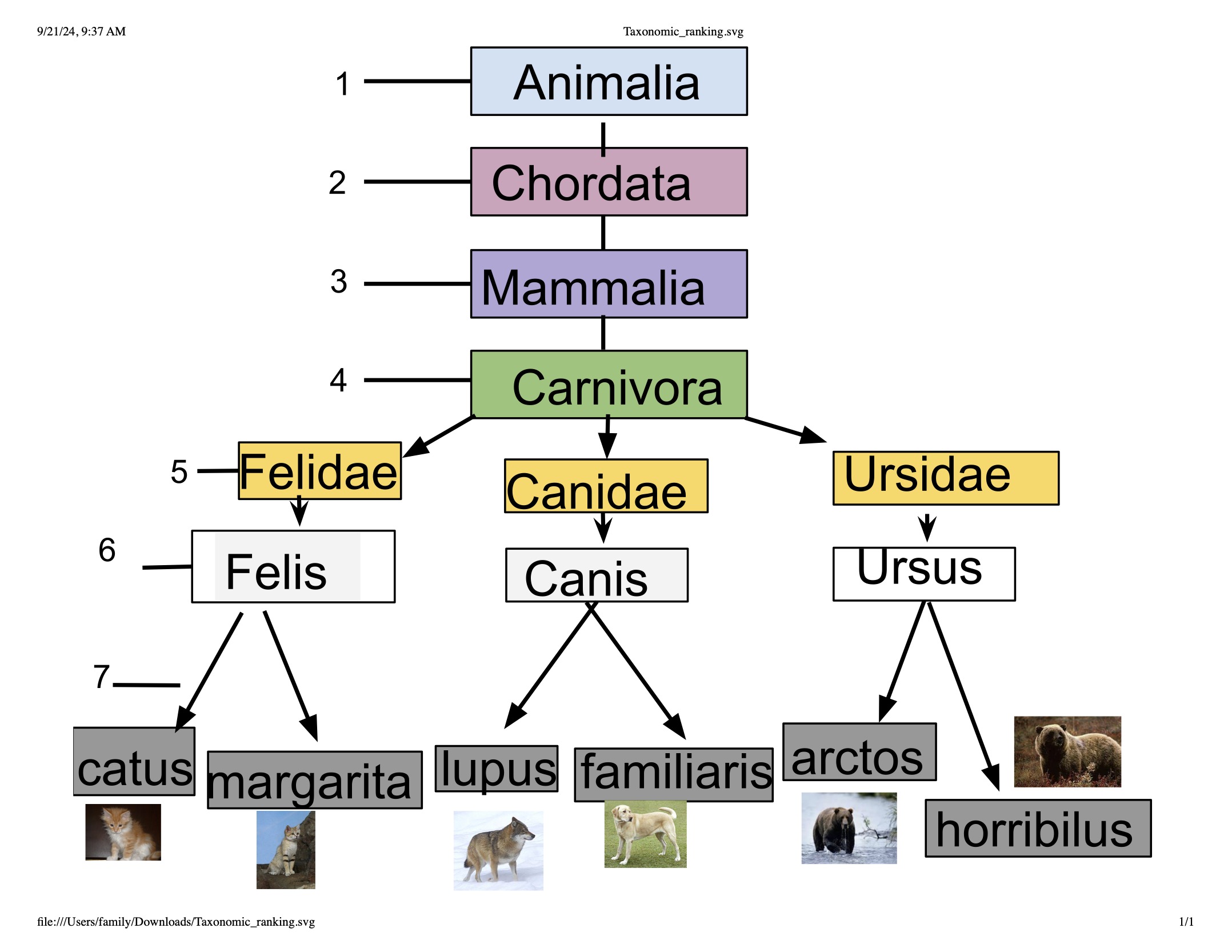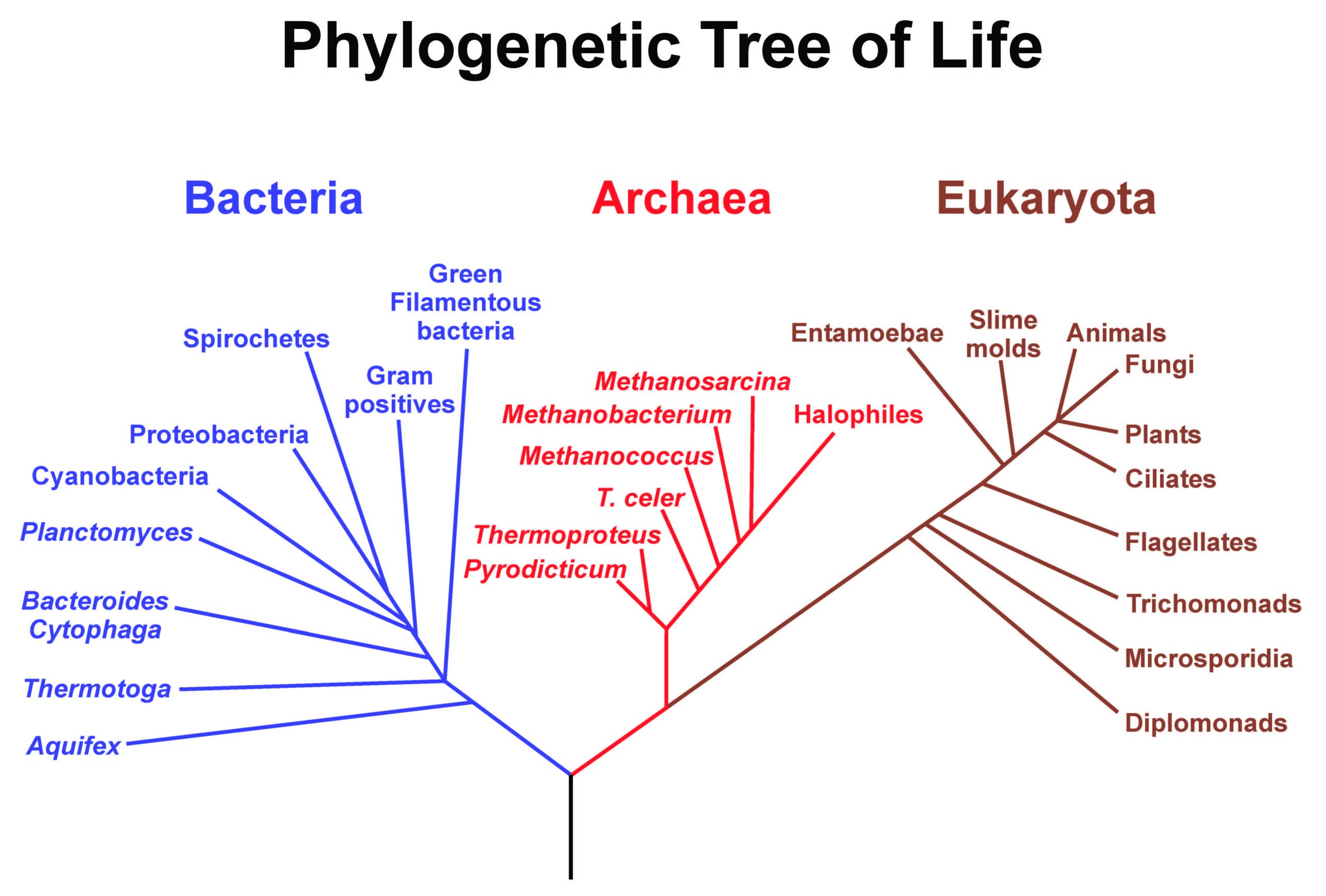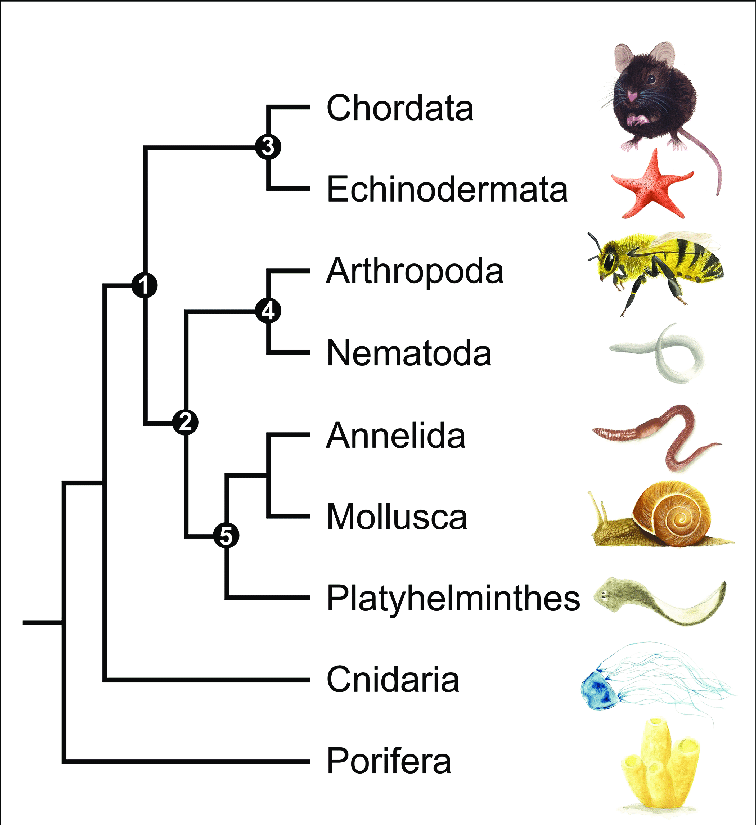Ah, the classification problem.
All classification schemes are fundamentally arbitrary. How you classify things depends on what you are hoping to gain by classification. There is no single true and objective scheme of classification. Not surprisingly, classification – taxonomy – has always been one of the most contentious disciplines in biology.
The earliest classification scheme that we know of was devised by Aristotle. He grouped all organisms as either animals or plants. Within animals, he focused on the presence of red blood as defining characteristic. His goal was to group organisms (and indeed all forms of matter) into kinds according to their essential nature, and blood seemed to him to be the most essential characteristic of animals.
Aristotle’s scheme remained unchanged until updated by Linnaeus in the 1700’s. Linnaeus developed the hierarchical binomial classification scheme that we still use today. Like Aristotle, he classified organisms on the basis of their essential characters. Rather than blood, he chose to use the reproductive organs as the primary character to use in classification. This was a prescient choice – reproduction is fundamental to evolution through natural selection.

Linnaean system of hierarchical classification, still in use today. Tessaelilley, CC BY-SA 3.0 <https://creativecommons.org/licenses/by-sa/3.0>, via Wikimedia Commons
Cataloging organisms according to their apparent similarities made sense when it was believed that every being was created independently and at the same time. Classification schemes were thus mnemonic devices to help naturalists keep track of all the new plants and animals that were being described, a way to catalog things in an orderly fashion, much like a museum might catalog sculptures or paintings.
The validity and usefulness of this approach vanished when Darwin published The Origin of Species. The similarity of organisms could now be seen as evidence of their descent from a common ancestor, and a proper classification scheme would be a map of the history of life on Earth. This is much more interesting and intellectually consequential than cataloging organisms. The presence of hips and thigh bones in whales was no longer a curiosity, like a misprinted stamp – it was evidence that whales descended from land animals.
Taxonomists developed ever more-elaborate methods of determining kinship of organisms, culminating in cladistics, which specifies a systematic set of procedures for measuring relatedness.
Linnaeus’ scheme survived the development of cladistics and evolutionary theory because differences in reproductive biology are closely tied to speciation. Two groups of otherwise similar organisms will be reproductively isolated – the basic definition of a species – if their reproductive organs or behaviors are incompatible.
Cladistics works really well for complex organisms with lots of features that can be compared. It is all but useless for simple organisms in general, and bacteria in particular. And since bacteria make up the bulk of life on Earth, this uselessness leads to a colossal gap in knowledge.
Bacteria, to a first approximation, look pretty much alike even under the most powerful microscopes. You can make a few distinctions between rods and spheres and helices and a few more based on size. Differential staining gives you a few more characteristics. Biochemical tests allow several other categories to be developed. But the relationship of these characteristics has little to do with reproduction and thus is an unreliable guide to evolutionary relationships.
Microbiologists had all but given up on developing a true taxonomy of bacteria in the 1960s, declaring it an insoluble problem that was not worth further effort. The classification of bacteria – critical to understanding the origin of life on Earth – seemed destined to remain a biological mystery. Linnaeus, prescient as always, had assigned bacteria to the phylum Chaos, and there they seemed destined to remain.
Carl Woese offered an exit from this morass with his suggestion in 1972 that bacteria could be classified based on ribosomal RNA sequences. Although Woese’s interest in ribosomes originated with his research into the nature and origins of the genetic code, he realized that the primary sequences of ribosomal RNA could also be used to determine relatedness between very disparate organisms: because ribosomes are absolutely essential to cellular function (they synthesize proteins), they change very slowly despite performing the same function in every cell and thus could be directly compared across vast evolutionary differences.
Traditional biologists, led by Ernst Mayr, argued strenuously against this proposal, basically arguing that phenotypes (ie characteristics) and not genes, are what natural selection acts upon, and thus should have primacy in classification.
Woese, a pot-smoking hipster contrarian with no respect for the scientific establishment, argued back that classification schemes simply had to reflect evolutionary history if they were to be anything more than stamp collections.
Poriferans (sponges) are classified as animals because they share a common ancestor with all other animals, to the exclusion of all other organisms.

Phylogenetic tree of all life. From LibreTexts

Simplified phylogenetic tree of animals. From Omond et al 2017
Not only are they animals, but their ancestors split off from all other animals at a very early stage. It’s likely that the very first animals were similar to Porifera (or perhaps Choanoflagellata).
Sponges are animals because they are more-closely related to animals than they are to plants. Classifying sponges as animals tells us something very important and interesting about the history of life on Earth – what our earliest ancestors were like. Classifying sponges as plants because they don’t move, on the other hand, tells us nothing interesting at all.
